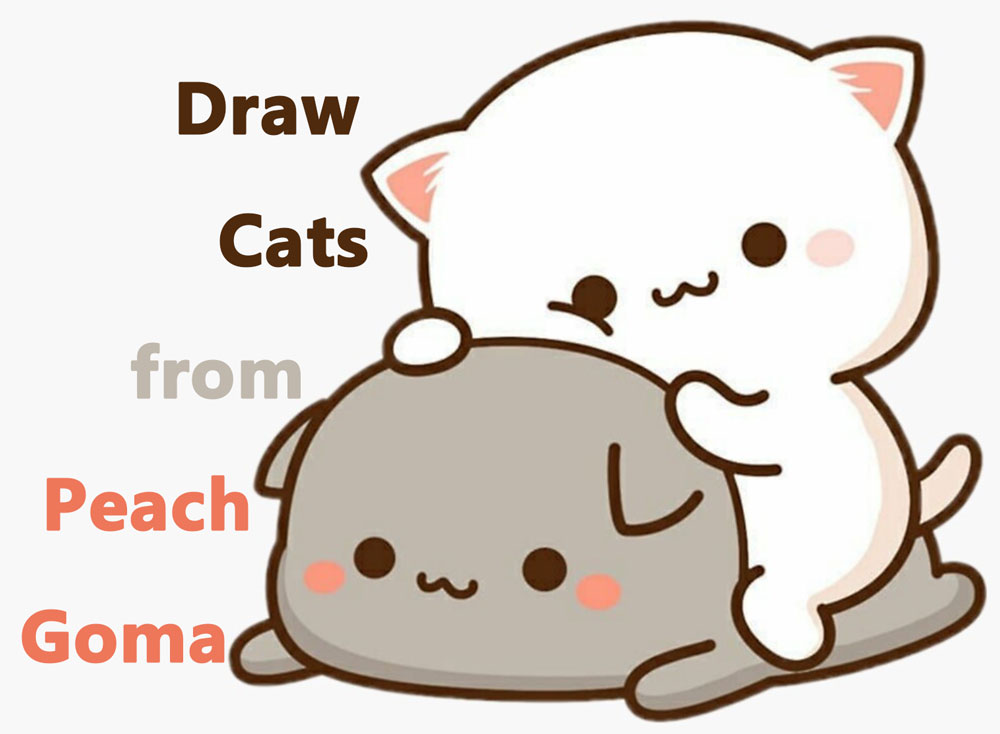

I think the trick here is to think about where you would position your camera if you wanted to take a photo of the scene. Once I finally have an idea that I like, I draw a rough sketch of what the result would look like in terms of composition. I usually use an isometric perspective (especially for interiors) since it makes it a lot easier to locate elements within the image. At this point in the process, I don’t focus on the final image – I only think about the idea and how I want the objects to be distributed throughout the scene. Bear in mind that making an illustration is a very subjective thing and, in the end, we all have our own ways of working comfortably.įor this drawing, I knew that I wanted to show a girl resting with her animals in a very relaxed environment, so I started doodling until I found one that convinced me. Next, I will explain the way I sketch most of my drawings. The reason is that it helps you keep all the elements organized. Note: Separating the elements into different blocks will also help you when you get to coloring. As their names suggest, this is all about organizing the elements of your illustration by their distance from the viewpoint.ġ (foreground), 2 (middle-ground), and 3 (background)ĭepending on the complexity of the image, you can have more than one Middle-Ground, as in the piece below: The best way to make dynamic and in-depth compositions is by keeping the Foreground, Middle-Ground, and the Background in mind. Values (Foreground, Middle-Ground & Background) I conclude this section by emphasizing how important it is to understand the object you are drawing, so using references is highly recommended.ģ.

In the same way you just used the perspective of the photo as a reference to make the geometric figures, you can use the perspective of these reference figures to make even more detailed figures! Start simple and little by little you can increase the complexity. If you apply the concept of this exercise to the illustration that you want to make (I will use the tutorial illustration as an example) you will be able to create a base which you will be able to draw over very easily. Use only the perspective of the photograph as a reference for the placement of the figures. The following is an exercise that helps to hone this instinct: take a photo of a space (a street or a room) and try to create different geometric shapes within the image without using vanishing points. This will help you a lot when you want to insert many objects in a single image without having to make many different vanishing points. i.e., to be able to locate any of the elements mentioned above at any point in space without using vanishing points. But to streamline the process, I think it is also very important to understand perspective instinctively. It is very important to know the basics of perspective before we start to make any drawing of this type. The most common (and easy to make) shapes are cubes, cylinders, spheres, and pyramids. This will save you a lot of time when locating any element within the perspective drawing. Simplifying Objects and Understanding them in Perspectiveįor any illustration (be it simple or more complex) you must understand that any element that appears in it, be it a character or an object in the environment, can be simplified into geometric shapes.

For coloring and final brush-up.Īs PSD is specially designed for photo editing, it has lots of options in terms of coloring and post-production of images, making digital coloring very easy.Ģ.
#How to draw chibi cats software#
This (in my opinion) makes this software ideal for both inking and sketching your illustrations.
#How to draw chibi cats how to#
In this tutorial I will teach you how to include lots of elements in an illustration in a way that keeps it from looking too busy and keeps the main element you want highlighted clearly in the line of sight of the viewer. When creating illustrations, we often make the mistake of wanting to put in so many details that in the end we overload the image, losing the meaning we originally wanted it to convey.


 0 kommentar(er)
0 kommentar(er)
